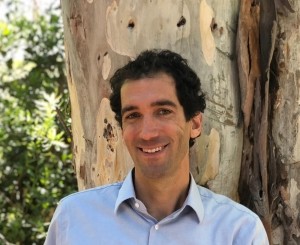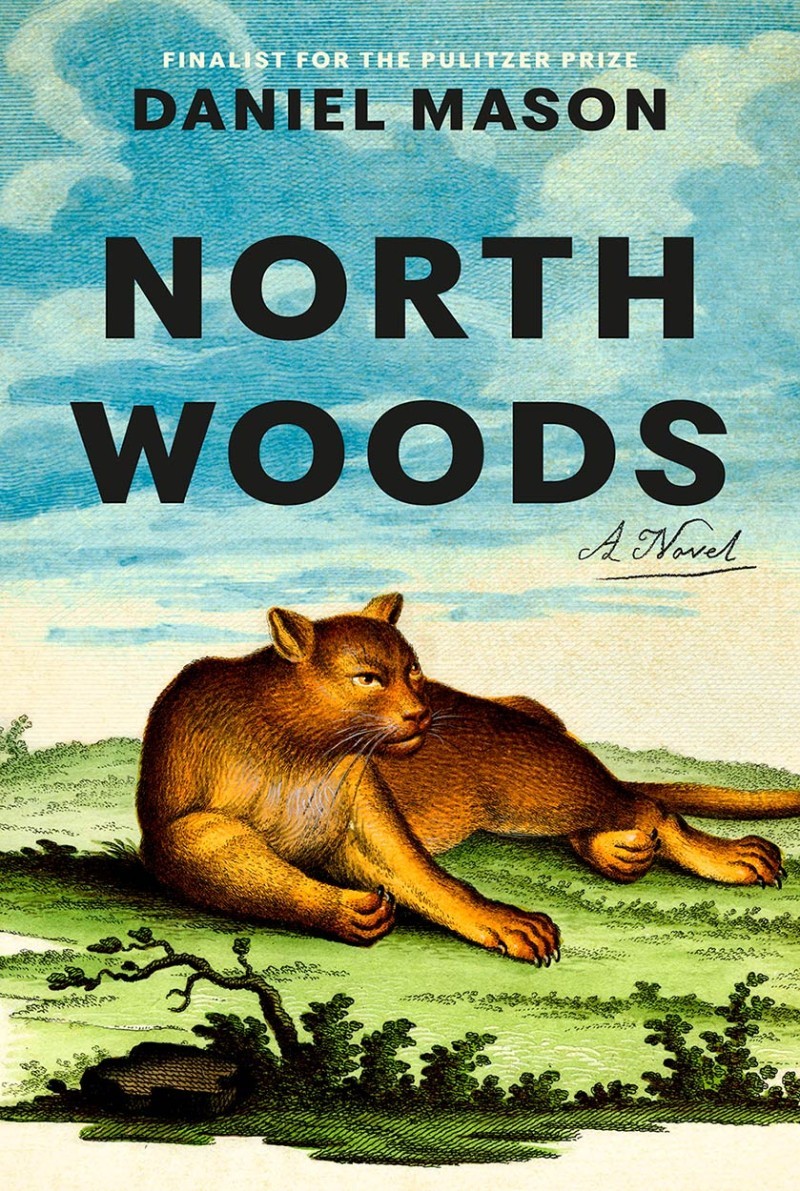Daniel Mason is a physician, author, and assistant professor of psychiatry at Stanford University. His most recent book, North Woods (2023), is a work of historical fiction that tells the story of a New England house through its inhabitants, human and otherwise, across centuries. His earlier books include A Far Country (2007), The Winter Soldier (2018), and A Registry of My Passage Upon the Earth (2020), which was a finalist for the Pulitzer Prize. His short stories and essays have appeared in publications including The Atlantic and Harper’s. He lives in the San Francisco Bay Area.
Why do you write?
I often wonder this myself. The best answer I have found is that I love language and narrative, and over time, I have fallen in love with the way that stories emerge while I’m writing, the surprises.
What inspired you to write North Woods?
I came to stay in upstate New York during the pandemic and spent a lot of time wandering in the woods. I was astonished by the evidence of land use and human history in the Northeast, as well as the dynamic seasonal changes. I thought it would be fun to explore a single plot of woods and the changes that happen over time.
North Woods includes natural history information on a broad range of species. What are your favorite sources?
Tom Wessels’ Reading the Forested Landscape: A Natural History of New England taught me how to look for the forests of the past. It’s a masterpiece that changed the way I look at the natural world. William Cronon’s Changes in the Land: Indians, Colonists, and the Ecology of New England helped me appreciate how human land use has shaped New England ecology. I am an obsessive user of both the iNaturalist and Merlin apps, which were constant companions on my walks. I also became a regular reader of Northern Woodlands – the seasonal notes were very inspiring for my book, which moves through the seasons. But my favorite source was the forest itself.
If your 10-year-old self could comment on the fact that you’re a published author, what would he say? Which North Woods character would be his favorite?
My 10-year-old self would probably ask why I gave up writing science fiction (which I loved to write when I was 10). His favorite North Woods character would easily be the ghostly catamount that watches over the house.
It’s interesting that you turned a chapter of North Woods over to a bark beetle. Did you have reservations as to how readers would react?
I’m guessing you mean specifically the sex life of a bark beetle. Oddly, I wasn’t too worried: there is not much competition in fiction about insect reproduction, so the bar was pretty low. And the fun of writing it, and also thinking about the world from a scolytid’s perspective, far outweighed any worries that a reader couldn’t also find some enjoyment in such a cross-species imaginative leap.
What is your writing process?
North Woods was a bit unique for me because I had a Guggenheim Fellowship to spend an uninterrupted year in New England. So I would write in the mornings, and then go into the woods in the afternoon, where I would take notes and think about the chapter I was working on. The book was also profoundly influenced by the seasons: it begins in June, passes through the fall, winter, and spring, and ends again in June. I tried to only write during the seasons of each chapter. For much of the research, all I would have to do was go on a walk.
What advice do you have for new writers? For scientist looking to write?
For new writers: read and read as widely as you can, not only fiction but scientific studies, field guides, history. I learn constantly from other writers. For scientists, the same; but particularly not to forget how fiction can present a very different way of looking at the world.
What advice did you hear most often from your editor?
I love the power of humor in fiction, and tried, whenever possible, to lighten some of the heavier moments of North Woods. But humor can be hard to write, as something that’s funny on a first read is definitely not by the sixteenth. My editor, Andy Ward, helped me in too many ways to count, but a common theme was guidance on when to lean into humor, and when it was too much.
What’s your favorite forest?
Oakfield, Massachusetts, the fictional town in North Woods, sits in a fictional forest, but one that very much shares features with other forests across the region: Mohawk State Forest, Mount Greylock, the Taconics, and other forests of the Hoosacs.
In your opinion, what’s the most fascinating species of the northern forests?
There aren’t enough pages to answer this question! There have been weeks when I have been utterly bewitched by fungi, or slime molds, or warblers, or fireflies, or the marks of different species of insects on fallen trees. I love moss; it makes me optimistic about the world. Beyond species, there are particular individuals I would always try to visit: a grove of old maples, an Amanita patch, a particular log that always hosted Trichia slime molds, an abandoned apple tree with extraordinary fruit.
What’s your most memorable moment in the forest?
Shortly after I arrived in New England, I was on a run when I became aware of movement in the underbrush. It was near dusk and raining, and I wasn’t certain of what I was seeing. And then all of a sudden, a bear burst across the trail, at full speed. For about two seconds, I had this extraordinary image of the rain coming off its fur and its legs pounding and the branches snapping, and then it was gone.
What gives you hope?
The tirelessness of environmentalists who persist despite sometimes overwhelming odds. Every forest I spent time in while writing North Woods had once been threatened by development, and yet someone fought for it. I’ll never know most of their names but am so grateful.



